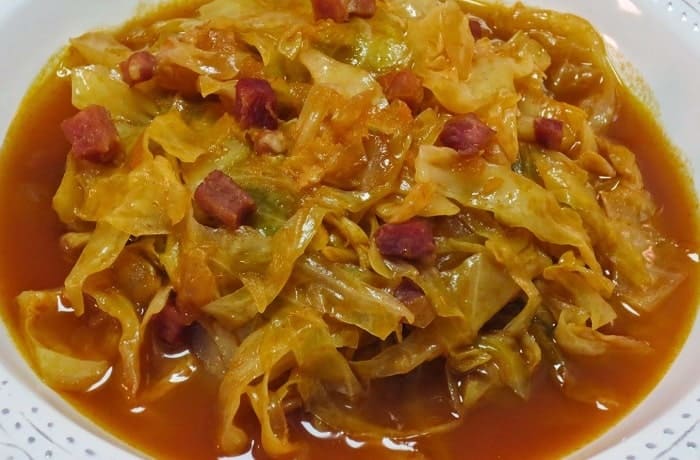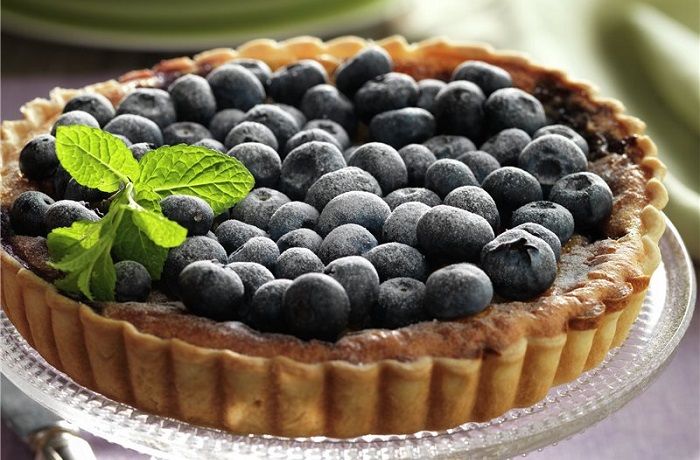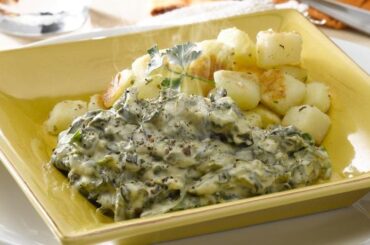This post is also available in:
Português
Español

Milcao is a type of potato bread from Chilote and Mapuche cuisine, made with equal parts raw and cooked potatoes, lard, and pork cracklings.
Contenido
How to Make Homemade Milcaos?
There are four basic types of milcao, classified according to their cooking method: curanto milcao (steamed), fried milcao, baked milcao, and peeled milcao (boiled).
Nutritional Facts
Prep Time: 45 minutes
Cook Time: 30 minutes
Calories: 400 kcal
Servings: 4 personas
Chilote Milcaos Recipe
Ingredients
- 2 kg Chilote potatoes
- 200 g pork cracklings
- 2 tablespoons lard
- 1 teaspoon salt
Instructions
- In a medium skillet, add the pork cracklings and fry over medium heat in their own fat until golden brown. Set aside.
- Boil one kilogram of peeled potatoes in plenty of water for 20 minutes. Drain the water and mash the potatoes into a puree. Let cool and set aside. Peel the other kilogram of potatoes and grate them raw onto a kitchen towel, squeezing out all the liquid. Reserve the pulp.
- In a large bowl, mix the mashed cooked potatoes and the grated raw potatoes into a single dough. Add the salt and lard, and knead well until everything is combined. Take a portion of the mixture, knead it into a flat circular bread, and place 2 to 3 pork cracklings in the center. Seal the edges, adding more dough if necessary.
- Place the milcaos on a greased baking tray and bake in a preheated oven at 200°C (392°F) for about 30 minutes, until golden brown. Serve the milcaos hot or cold, alone or accompanied by other main dishes.
Fried or Boiled Milcaos
For fried milcaos, in a large pot or deep fryer, add enough oil and heat to medium-high temperature (160-180°C). Carefully submerge the milcaos and fry until golden brown on both sides.
Boiled milcaos, also known as “peeled milcaos”, do not include pork cracklings and are prepared by boiling them in water for 15 to 20 minutes. They are served with honey or sugar.
What Does Milcao Mean?
The word “milcao” comes from the Mapudungun word “meikay,” which can be translated as “slippery”, referring to the result of squeezing the potatoes before shaping them.




